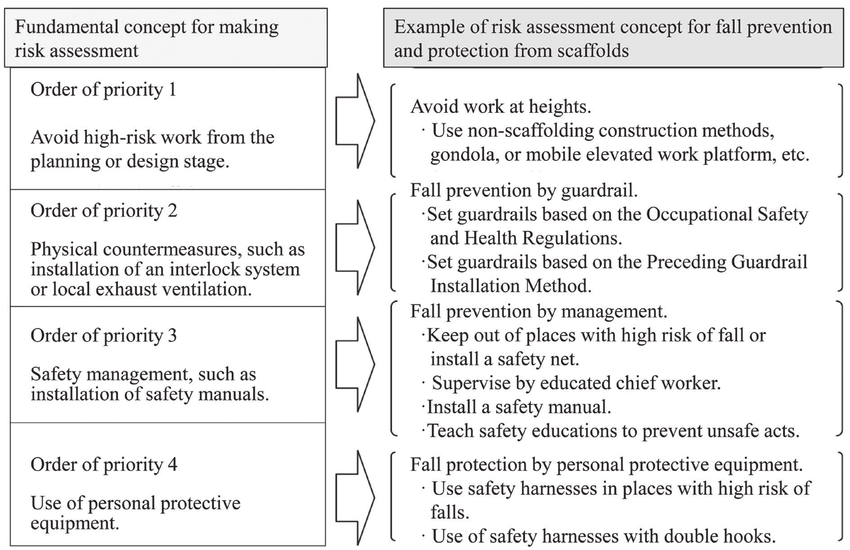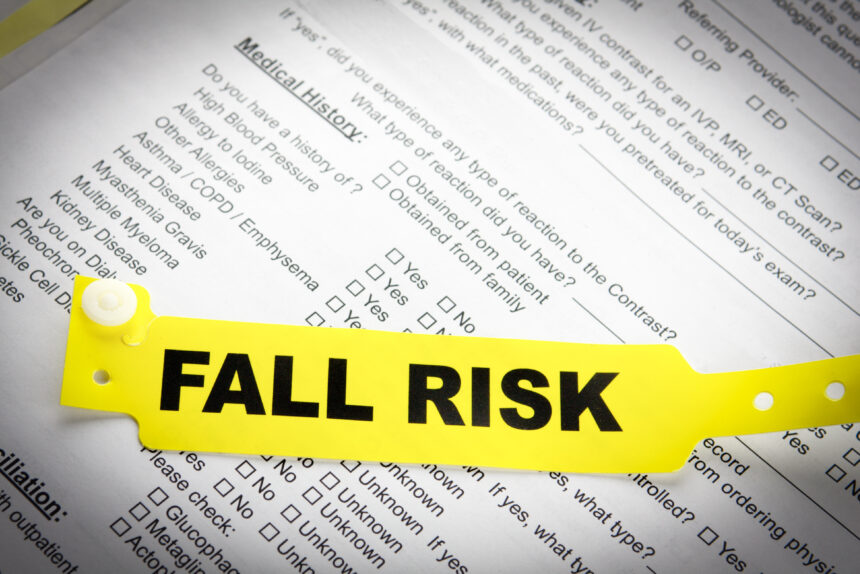How Dementia Fall Risk can Save You Time, Stress, and Money.
Table of ContentsThe Ultimate Guide To Dementia Fall RiskMore About Dementia Fall RiskThe Dementia Fall Risk StatementsThe Single Strategy To Use For Dementia Fall Risk
A fall threat evaluation checks to see just how likely it is that you will fall. The assessment generally includes: This consists of a series of inquiries about your total health and wellness and if you have actually had previous drops or troubles with equilibrium, standing, and/or strolling.Treatments are referrals that might reduce your danger of dropping. STEADI consists of three actions: you for your risk of falling for your risk aspects that can be boosted to attempt to protect against drops (for example, balance problems, damaged vision) to lower your danger of falling by making use of efficient methods (for example, supplying education and sources), you may be asked several inquiries including: Have you dropped in the previous year? Are you fretted about dropping?
If it takes you 12 seconds or more, it may mean you are at higher danger for a loss. This examination checks toughness and balance.
The settings will get tougher as you go. Stand with your feet side-by-side. Move one foot halfway forward, so the instep is touching the big toe of your various other foot. Relocate one foot completely before the various other, so the toes are touching the heel of your other foot.
The Single Strategy To Use For Dementia Fall Risk
A lot of drops occur as a result of multiple adding variables; as a result, handling the risk of dropping begins with identifying the elements that contribute to drop threat - Dementia Fall Risk. A few of one of the most relevant threat factors consist of: History of previous fallsChronic medical conditionsAcute illnessImpaired gait and equilibrium, reduced extremity weaknessCognitive impairmentChanges in visionCertain high-risk drugs and polypharmacyEnvironmental aspects can additionally raise the threat for falls, consisting of: Insufficient lightingUneven or damaged flooringWet or unsafe floorsMissing or damaged hand rails and order barsDamaged or incorrectly equipped equipment, such as beds, mobility devices, or walkersImproper use of assistive devicesInadequate guidance of individuals residing in the NF, consisting of those who exhibit aggressive behaviorsA effective fall threat management program needs a thorough medical analysis, with input from all members of the interdisciplinary team

The treatment strategy must also consist of interventions that are system-based, such as those that promote go to my blog a risk-free environment (suitable lights, hand rails, grab bars, and so on). The efficiency of the interventions must be examined periodically, and the care plan revised as essential to reflect changes in the fall threat analysis. Implementing a loss danger management system utilizing evidence-based ideal method can reduce the occurrence of drops in the NF, while limiting the possibility for fall-related injuries.
The Ultimate Guide To Dementia Fall Risk
The AGS/BGS standard advises check my site evaluating all adults aged 65 years and older for autumn threat yearly. This testing includes asking clients whether they have fallen 2 or more times in the previous year or looked for clinical attention for a fall, or, if they have not fallen, whether they really feel unstable when walking.
People who have actually dropped as soon as without injury ought to have their balance and gait assessed; those with gait or equilibrium abnormalities should get extra evaluation. A history of 1 fall without injury and without gait or balance issues does not require further analysis past ongoing yearly loss threat screening. Dementia Fall Risk. An autumn risk analysis is called for as component of the Welcome to Medicare assessment

The Ultimate Guide To Dementia Fall Risk
Recording a drops background is among the quality signs for loss avoidance and monitoring. An essential component of danger assessment is a medication review. Several courses of drugs raise loss risk (Table 2). copyright drugs particularly are independent predictors of falls. These medications often tend to be sedating, modify the sensorium, and hinder balance and gait.
Postural hypotension can usually be relieved by minimizing the dosage of blood pressurelowering medications and/or quiting medicines that have orthostatic hypotension as a side effect. Usage of above-the-knee support hose and copulating the head of the bed raised may likewise decrease postural decreases in blood pressure. The advisable aspects of a fall-focused physical exam are displayed in Box 1.

A TUG time higher than or equivalent to 12 seconds suggests high fall threat. Being not able to stand up from a chair of knee elevation without utilizing one's arms suggests raised autumn risk.
Comments on “Dementia Fall Risk for Dummies”